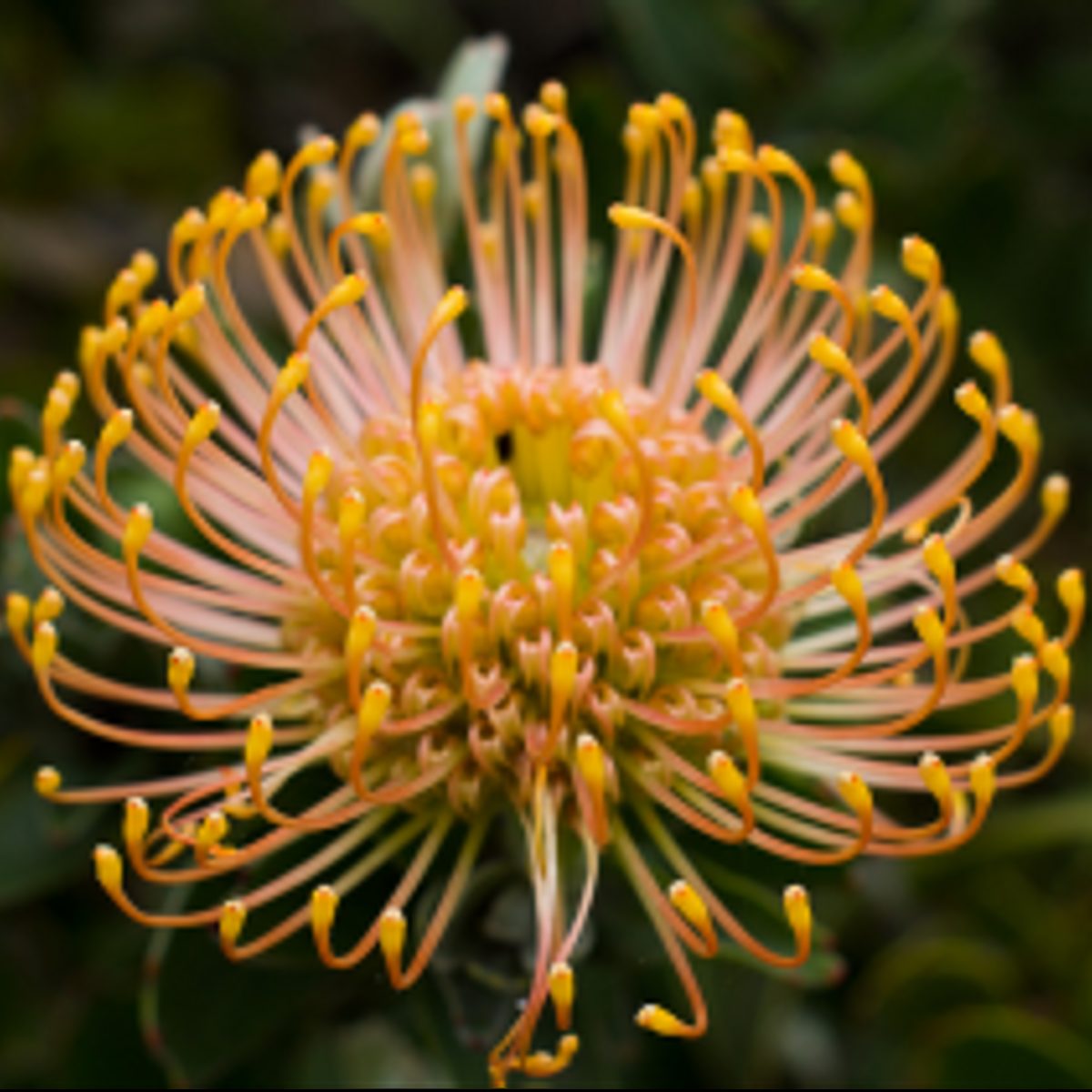
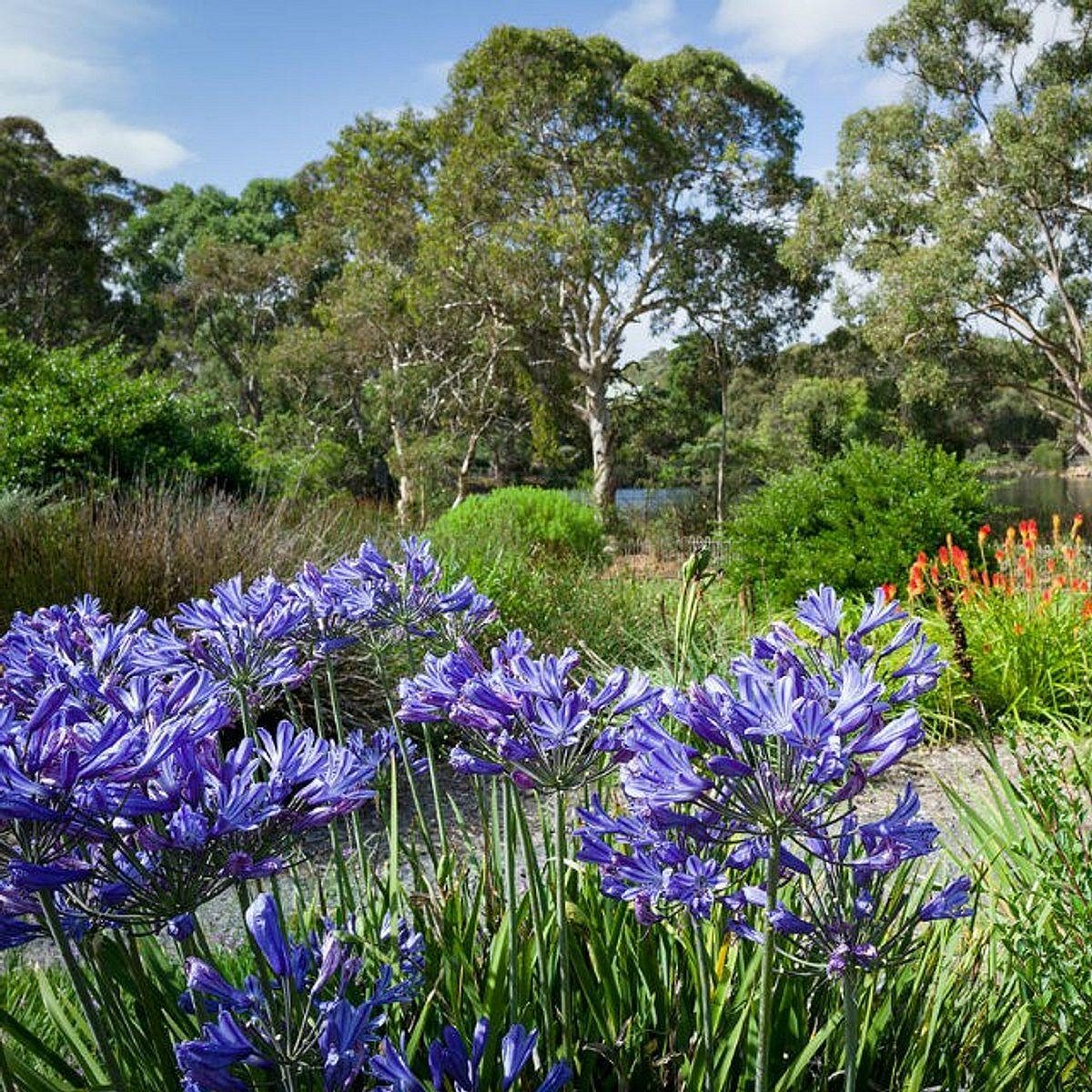
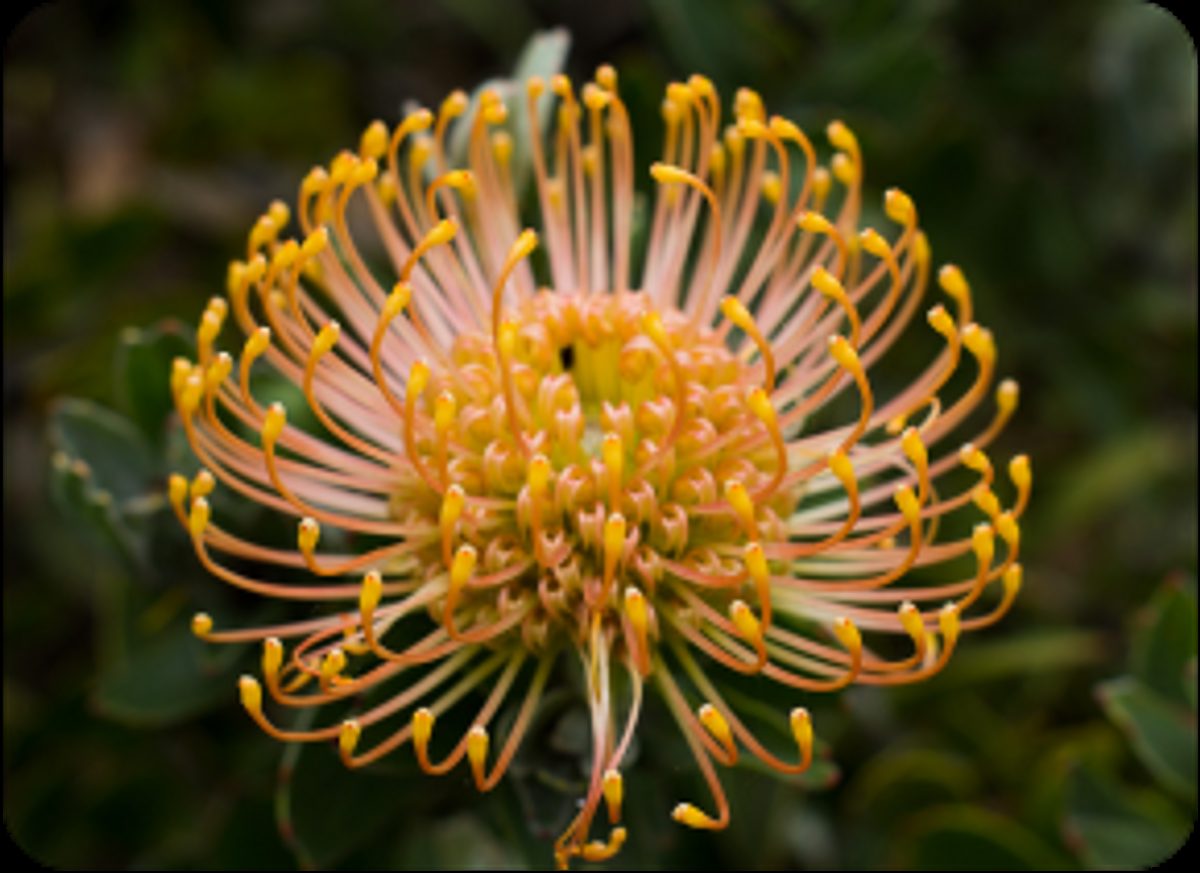
Explore the close relationship between the water-wise Australian and South African flora. Wittunga shows that water-wise gardens can be just as diverse and colourful as their water-dependent counterparts.
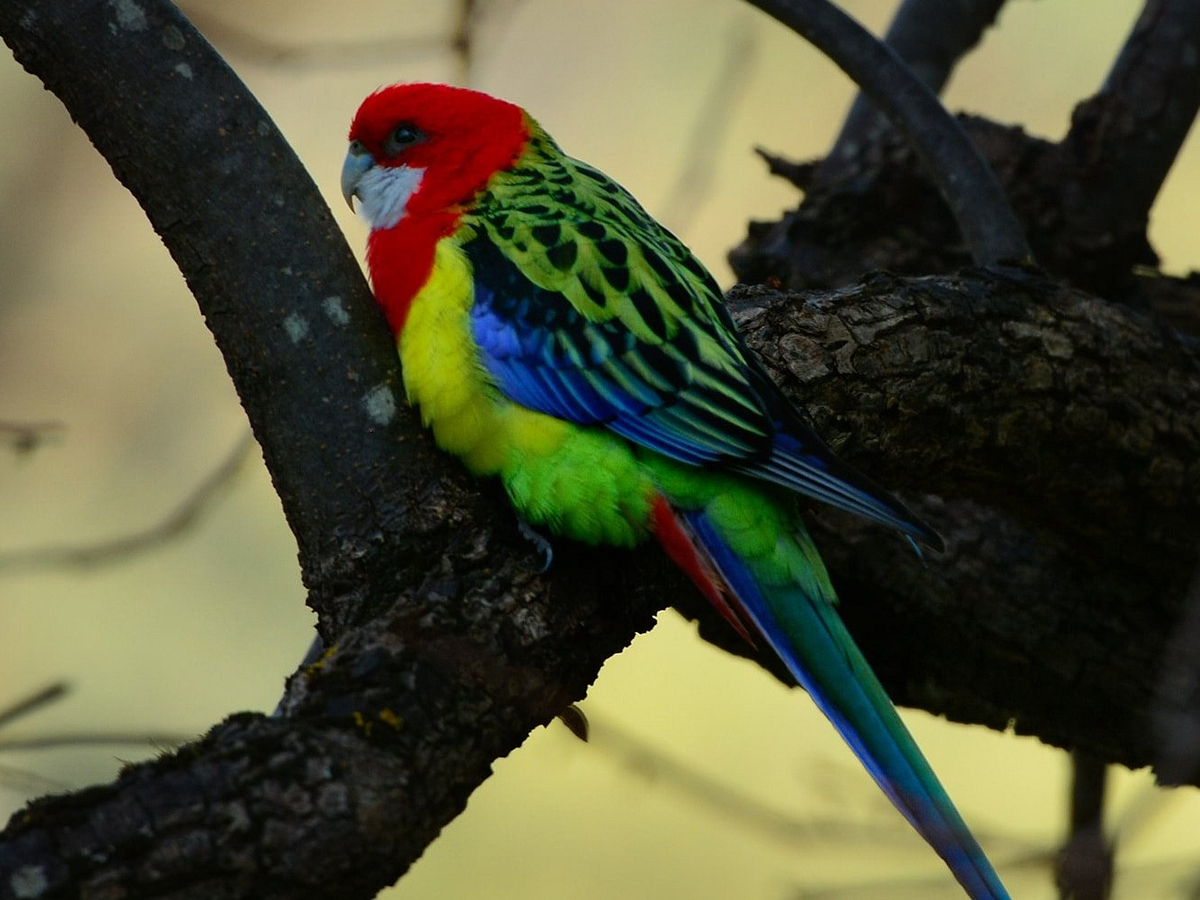
As you enter Wittunga Botanic Garden, you’ll instantly notice the calls of the amazing birds that call Wittunga home. Spend time spotting native birds, which are attracted by the sweet nectar and fruit produced by native Australian plants found in the Bird Garden. Eastern spinebills, New Holland honeyeaters and wattlebirds can be seen collecting nectar. In doing so they pollinate Australian Banksias, Hakeas and Grevilleas, as well as some South African Proteas.
Photo: @SouthAustralianWeather
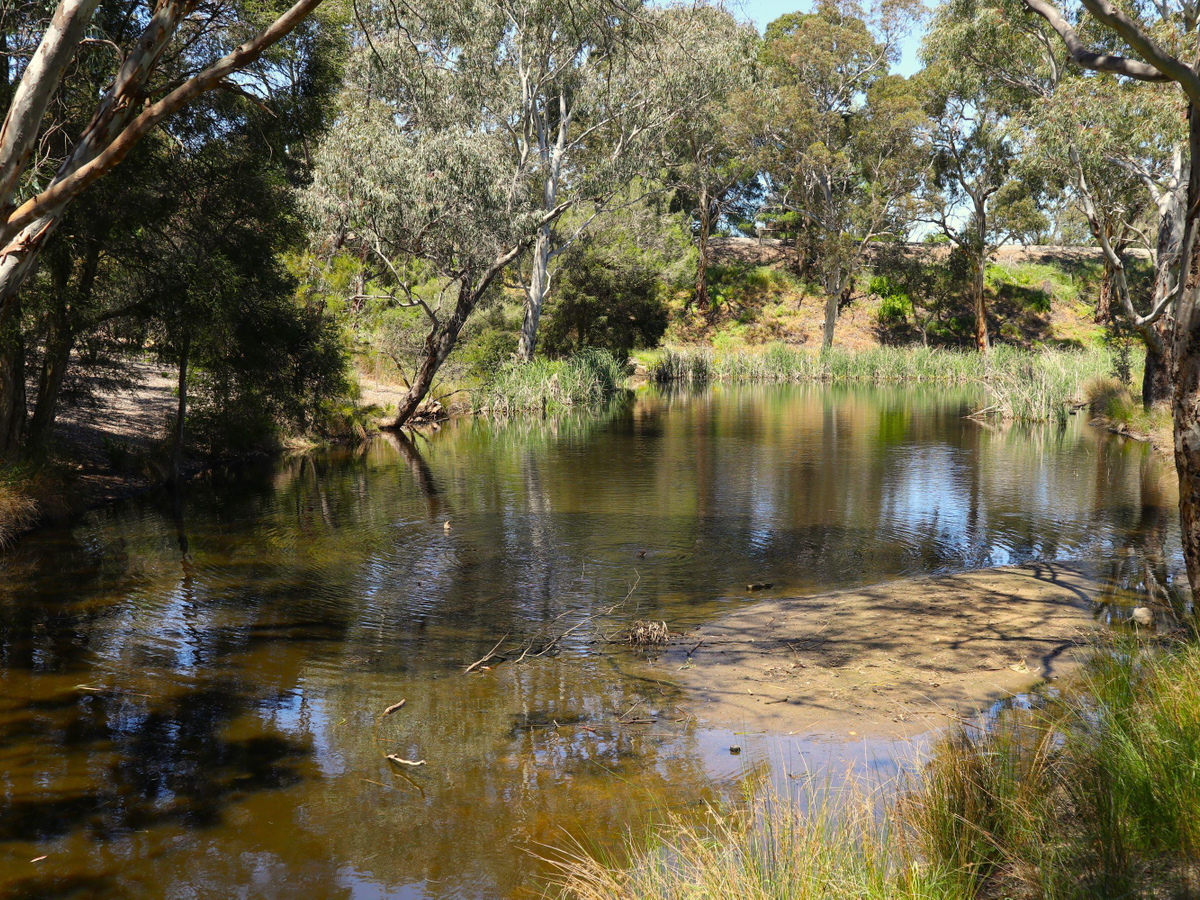
The Billabong features Australian wetland plants, including Forest Oak (Allocasuarina torulosa). The Billabong is the perfect place for families to visit, with a large lawn area, plenty of shade and plenty to see. Watch the purple swamphen, wood duck and black duck splashing and diving in the water and try to spot the honeyeaters, rosellas, lorikeets and other parrots that nest in the nearby eucalyptus collection.
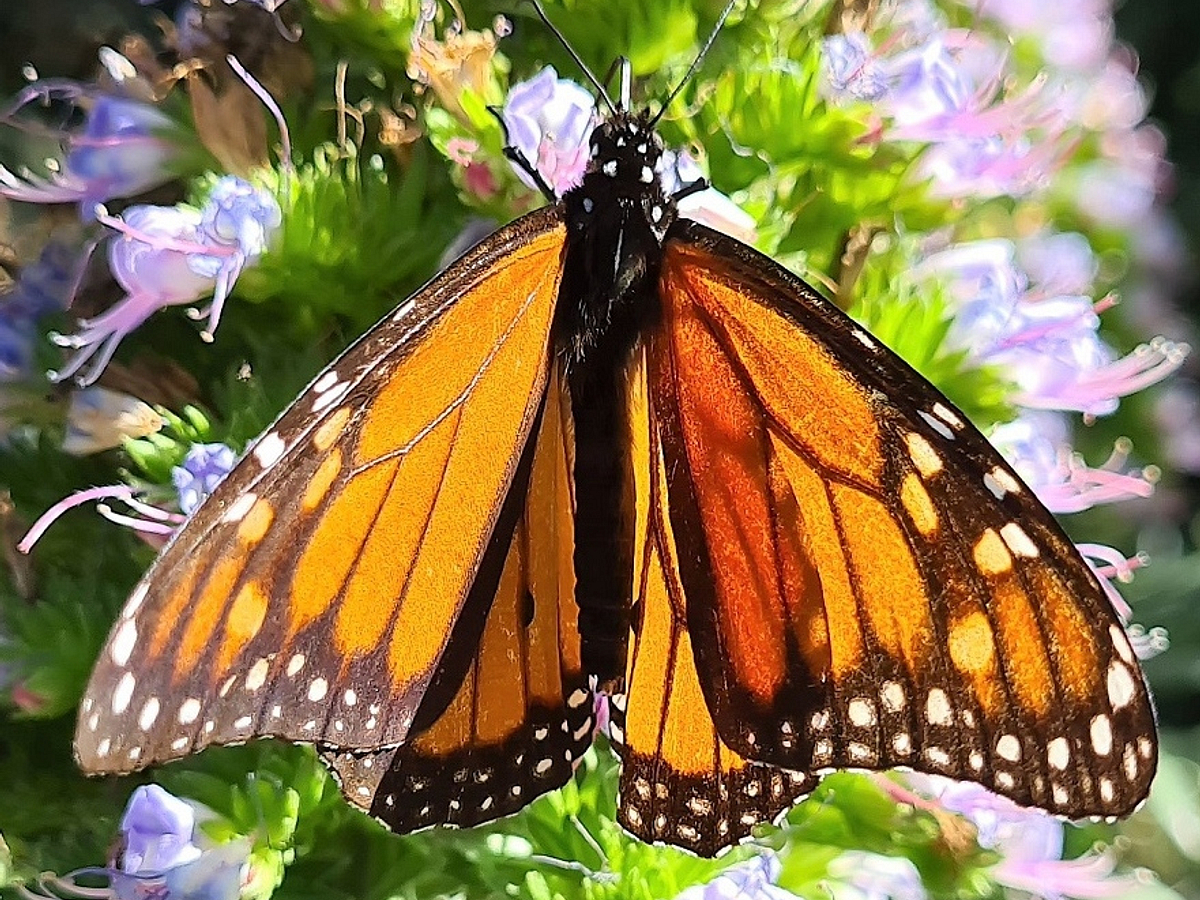
The Butterfly Garden is a beautiful demonstration of the two types of plants required to attract butterflies – sweet nectar plants that provide butterflies with the energy they need to fly and food plants that provide a place where the female butterfly will lay her eggs and provide food for caterpillars. In return butterflies act as important pollinators.
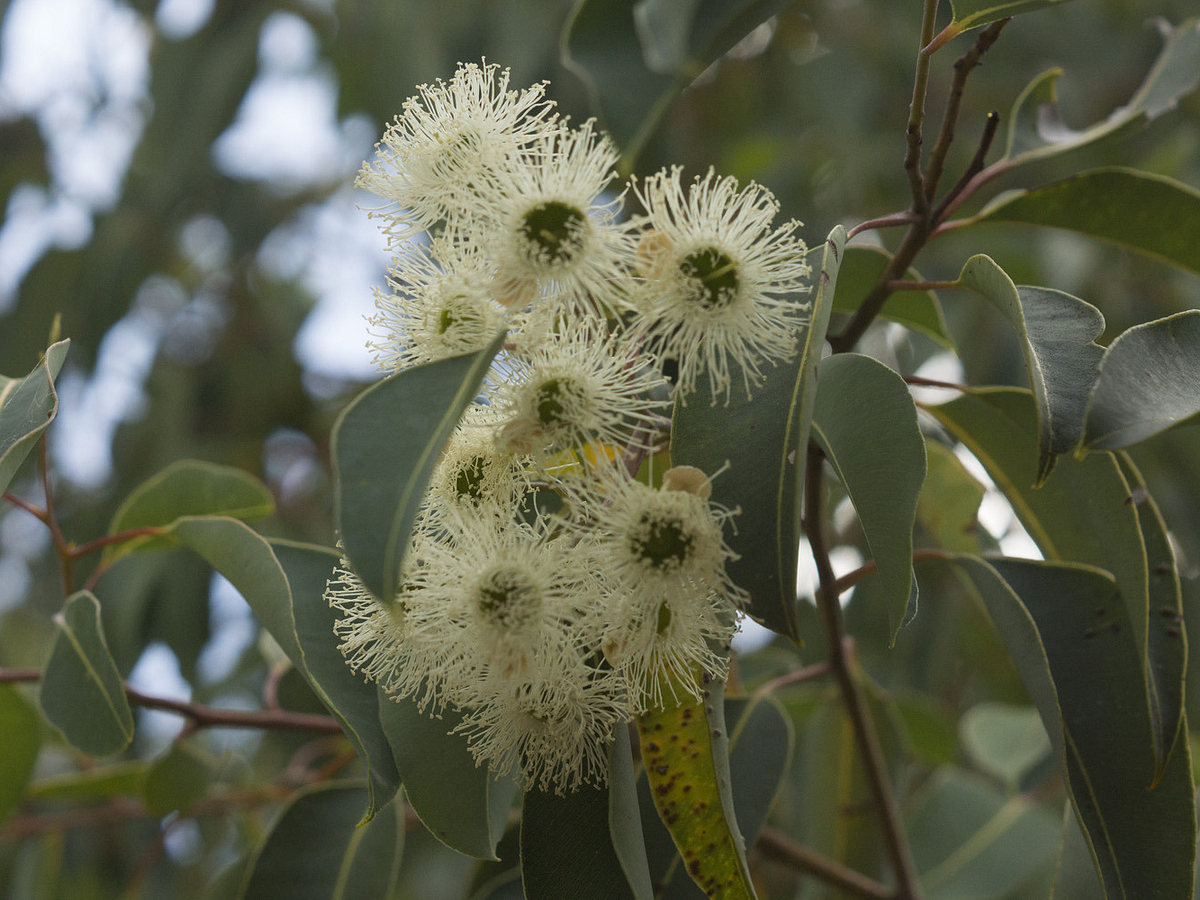
With a focus on local flora, native plants are featured from the region stretching between the southern Mount Lofty Ranges and Cape Jervis. The SA Blue Gum (Eucalyptus leucoxylon) and the grey barked eucalypts (Eucalyptus microcarpa) are naturally occurring in the Blackwood area and some in the Garden are remnants of the original flora before Wittunga was established.
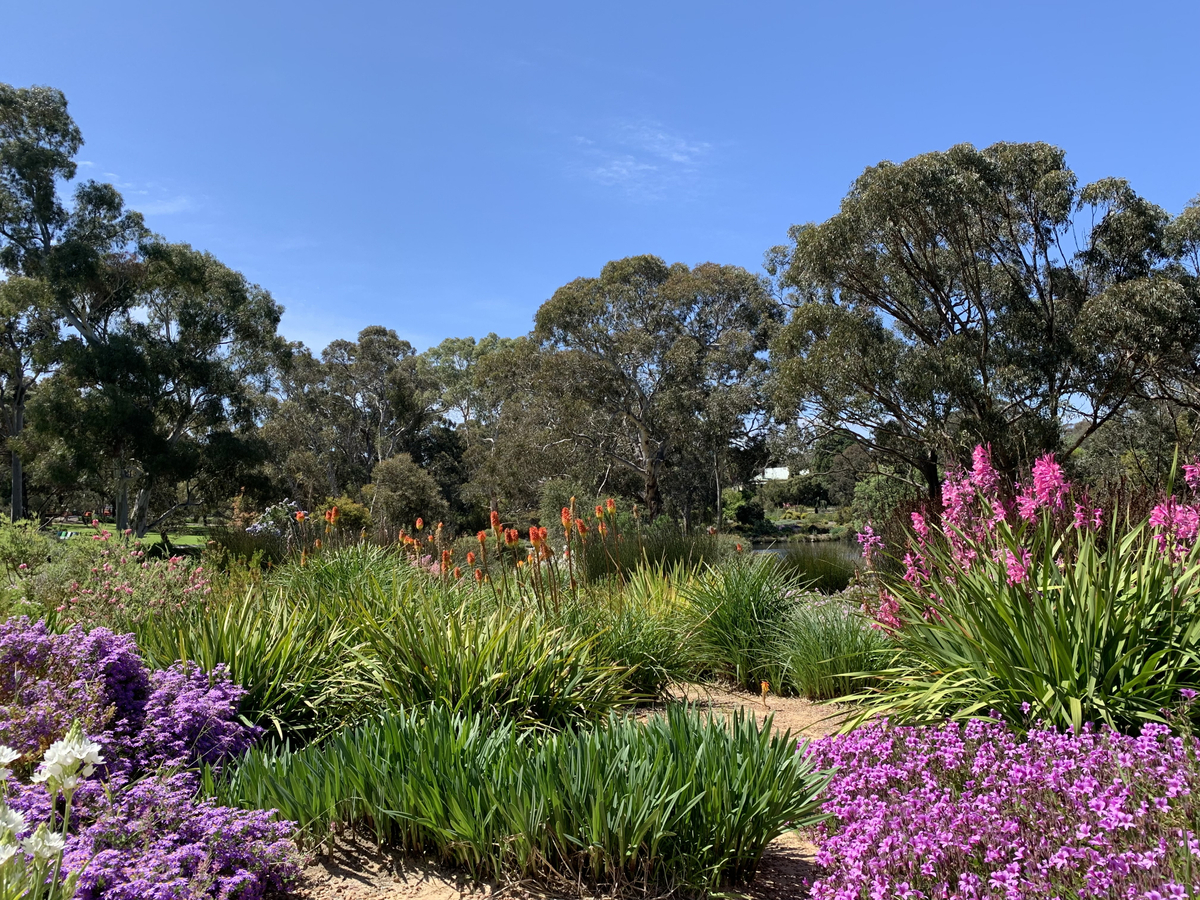
Fynbos is the South African name for the diverse heathlands in the Cape region of South Africa. The fynbos (or “fine bush” in Afrikaans) display includes approximately 50 species and cultivars of Ericas or “heaths”, which flower in September and October.
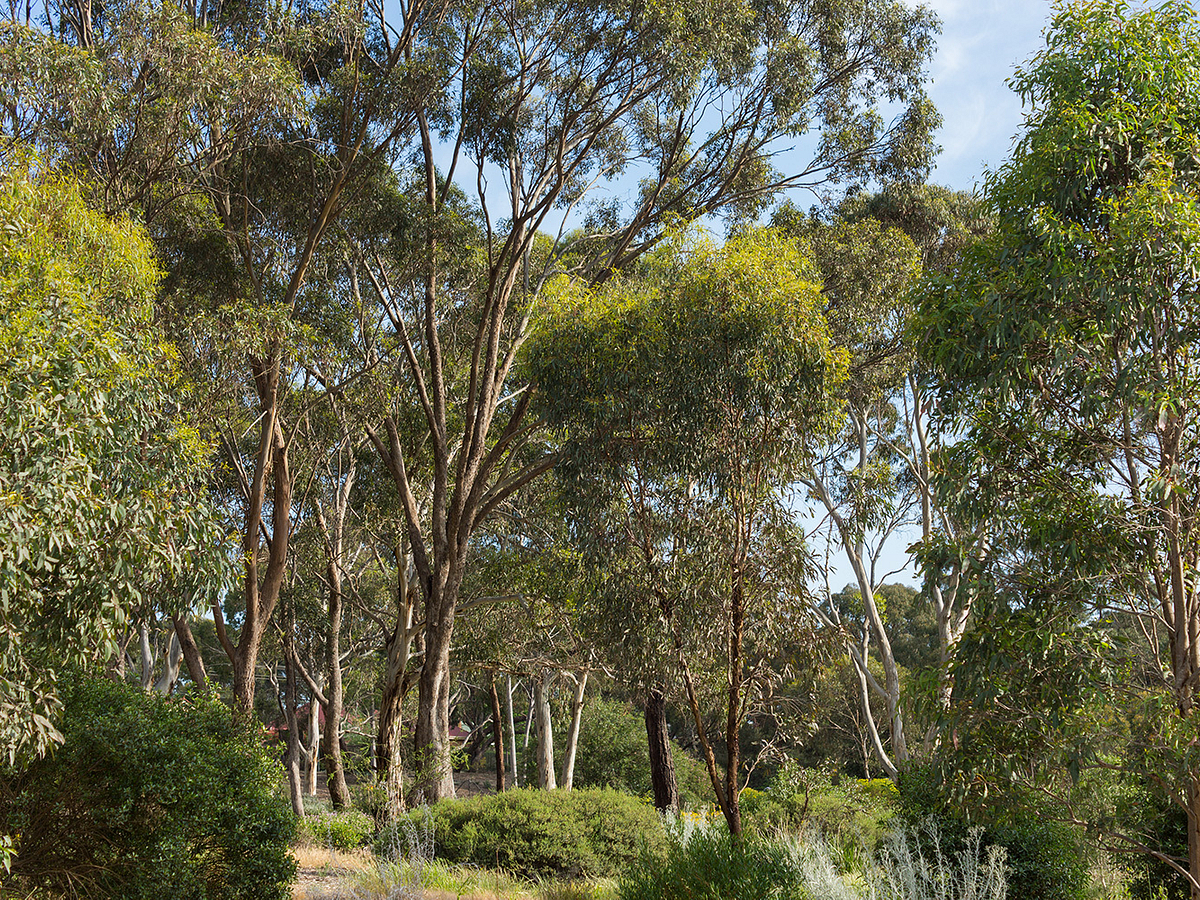
The Grey Box Woodland is the main, naturally-found ecosystem in this part of the Adelaide Hills and now occupies less than 3%of the area it once did before European settlement due to urban development. The Grey Box Woodland provides important natural habitat for native animals and if you are lucky, you might spot a koala or two.
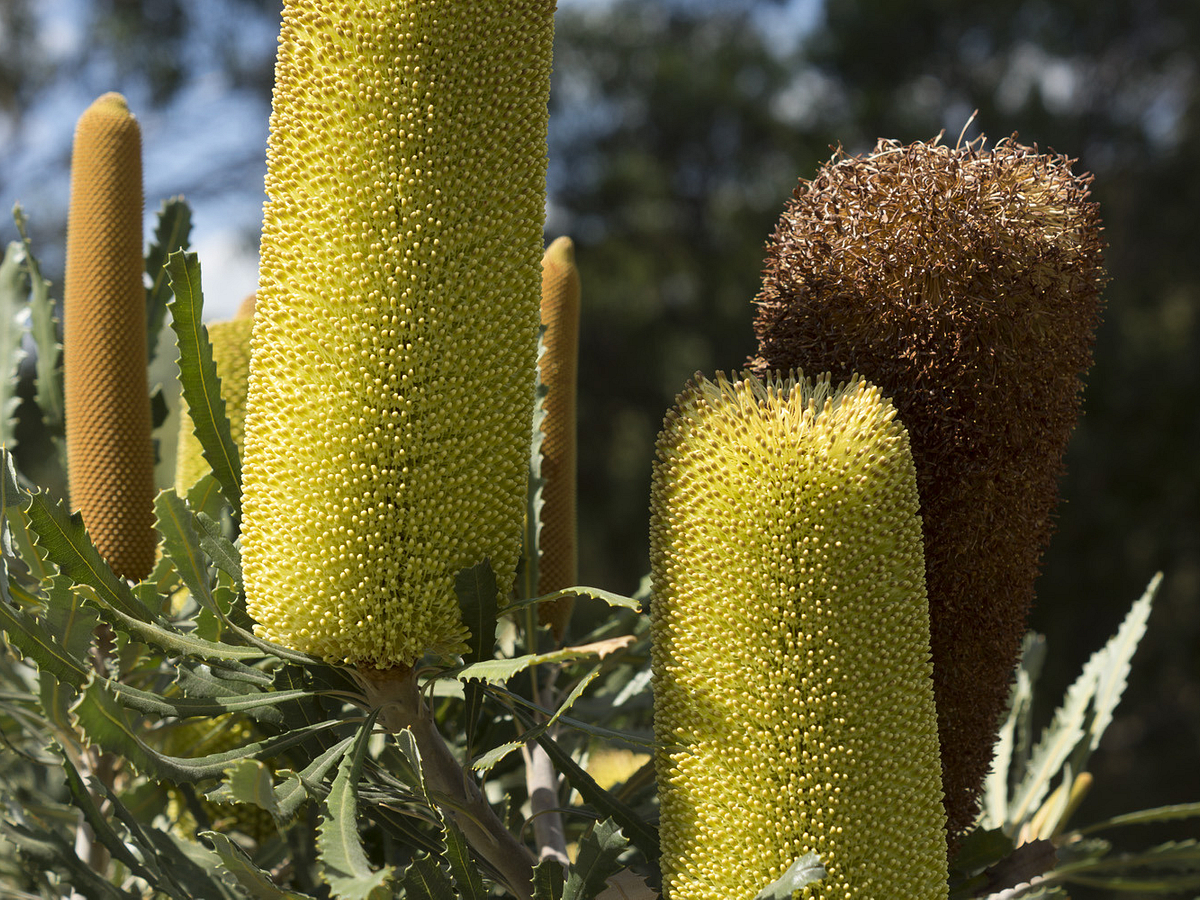
The uniquely Australian Hakeas and Banksias can be found throughout Wittunga. There are over 140 species in the Hakea genus and around 170 in the Banksia genus, with both having characteristic flowers. Keep an eye out for the vibrant yellow and red Heath Banksia (Banksia ericfolia), Golden Stalk Banksia (Banksia media), and the pale Dyandra-leafed Banksia (Banksia dryandroides), which flower from June to October.
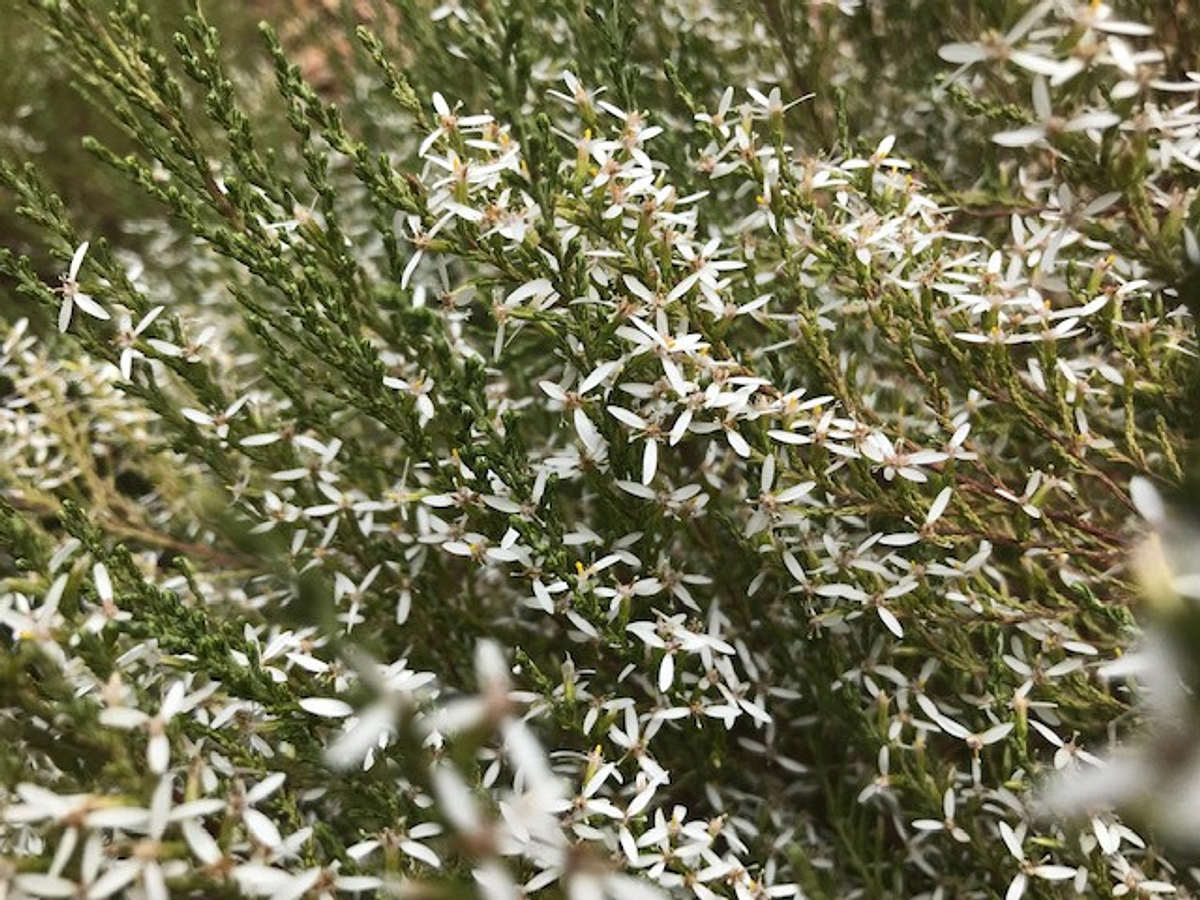
Full of plants from the rugged Kangaroo Island (SA), this collection includes the endangered and endemic-to-KI Daisy Bush (Olearia microdisca), with leaves that give off a distinct curry aroma.
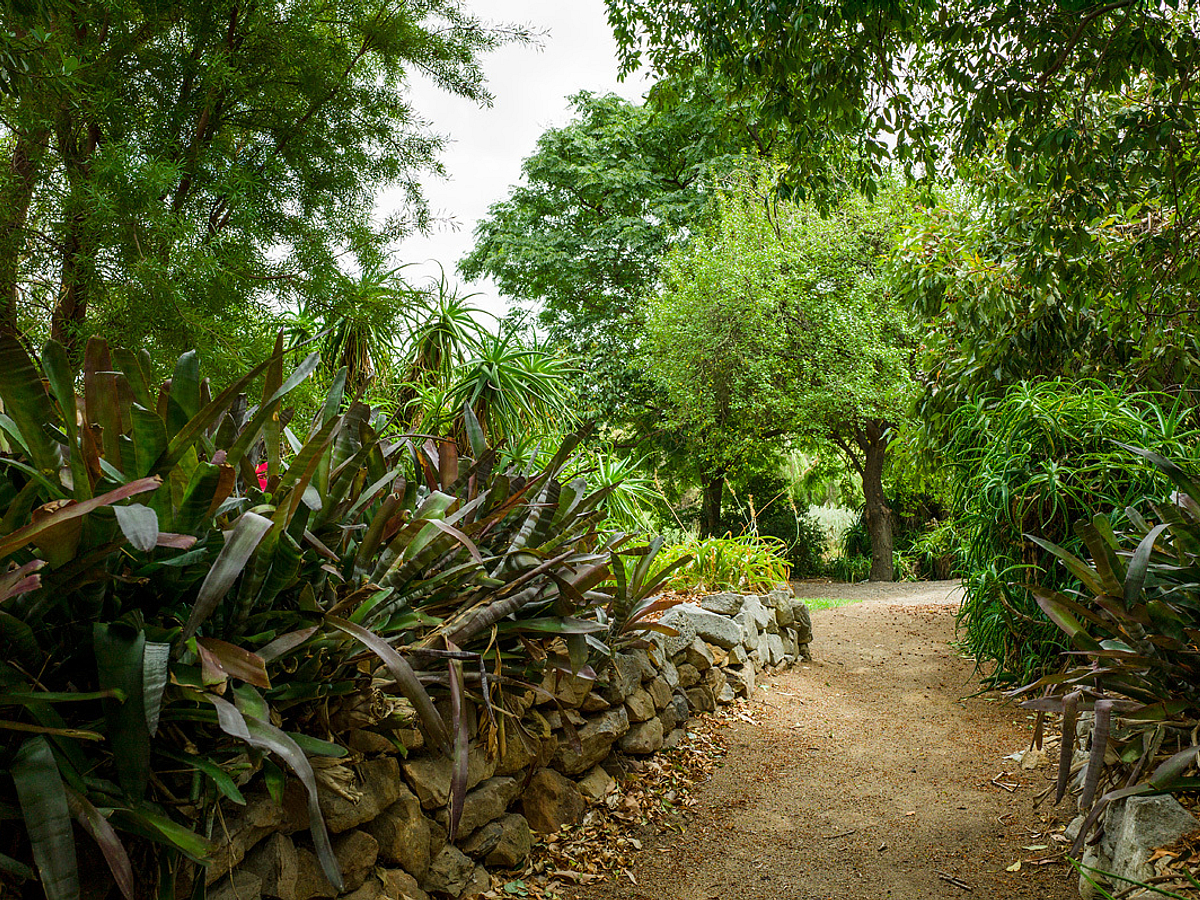
Built in the early 1920s, Edwin Ashby developed the raised sandy garden beds to promote drainage and replicate growing conditions he’d seen in Western Australia. While the Maluka Beds (the historic original beds still exist) were initially developed to support Australian natives, other species that also benefited from these unique growing conditions were later added, including succulents and cacti.
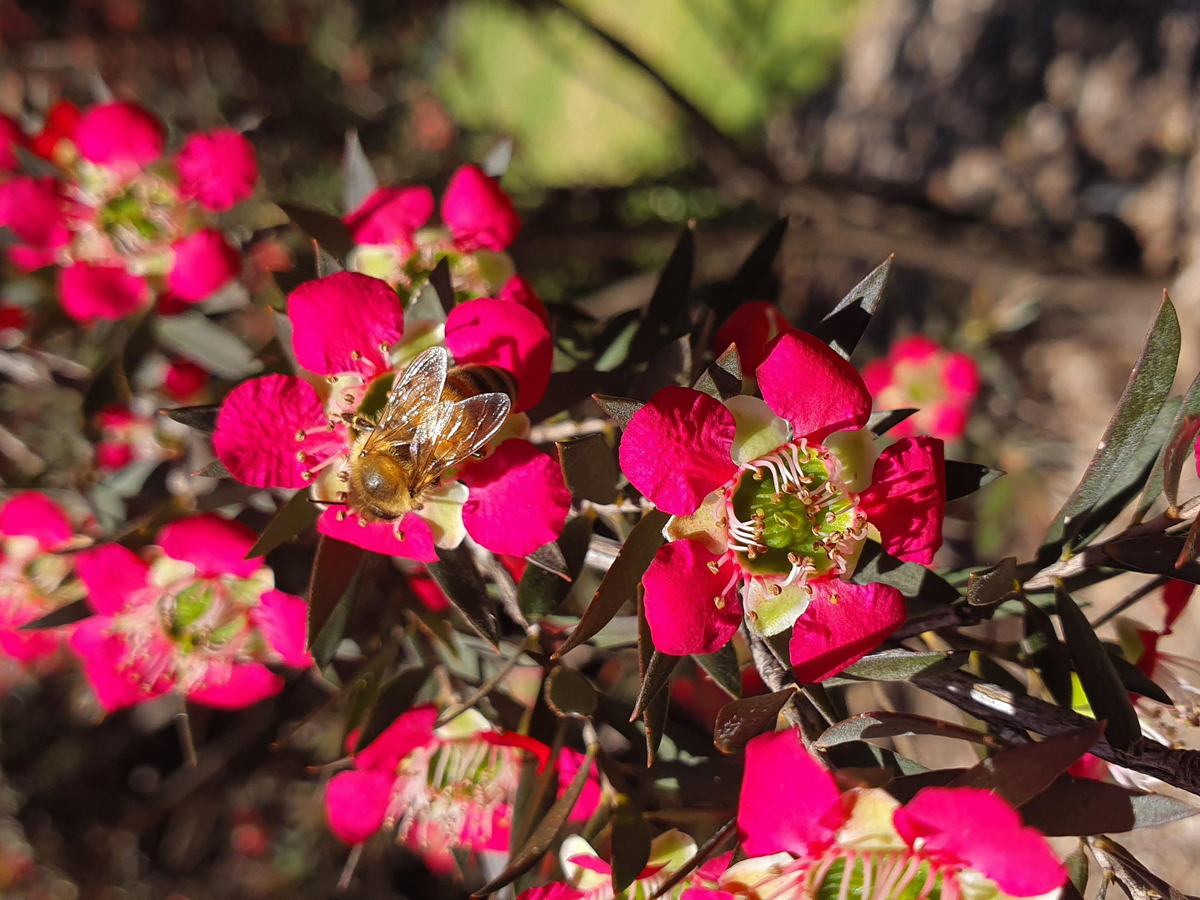
The family Myrtaceae is Australia’s largest plant family. Related genera grown at Wittunga include the grand Agonis, bright red Bottlebrush (Calothamnus), Tea tree (Leptospermum) and Paperbark (Melaleuca), which flowers in September and October.
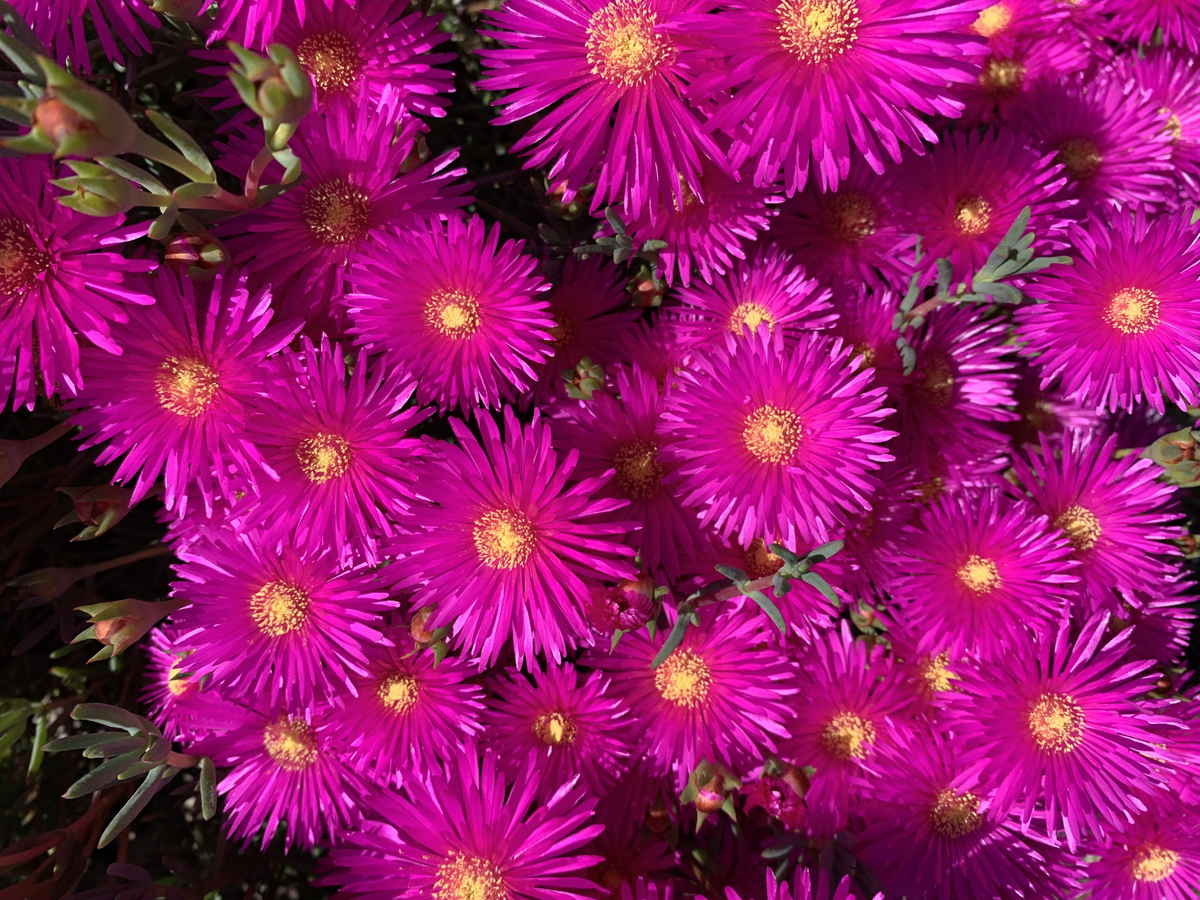
Originally developed by Keith Ashby, this is a collection of hardy South African and Australian shrubs, including the Garden’s principal collection of Proteaceae.
The Terrace Beds are a riot of colour in spring, with flowering shrubs, Ericas, annuals and herbaceous perennials becoming show-stoppers.